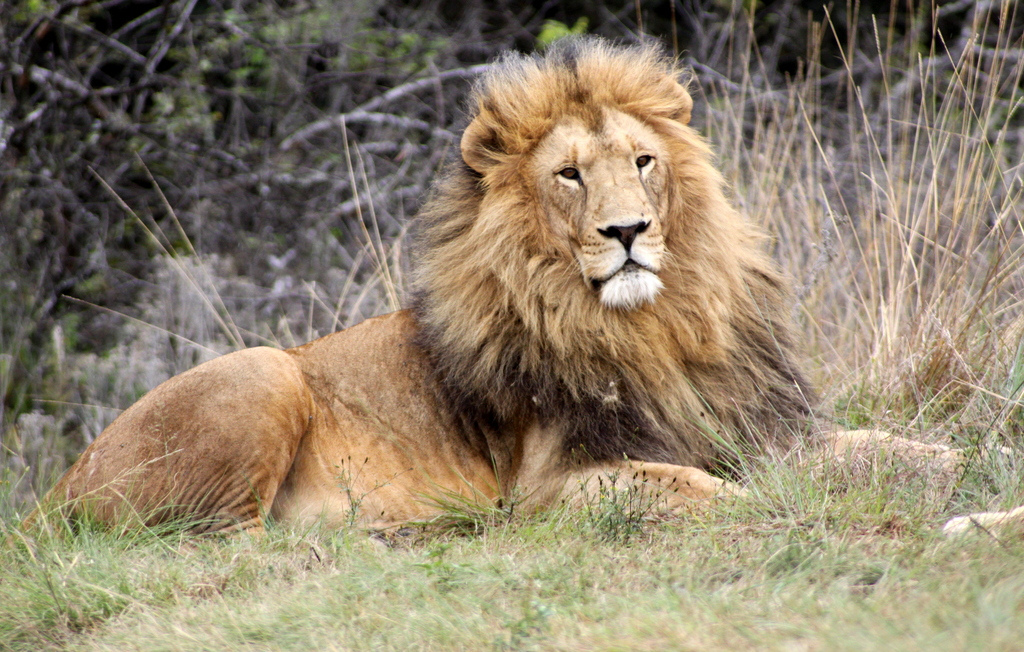Throwback Thursday: From the Archives
Photo from Derek Keats courtesy of Flickr.com
In the National Review last month, PERC’s Shawn Regan wrote about the U.S. Fish and Wildlife Service decision to formally list the African lion under the Endangered Species Act (ESA). Enacted in 1973 to provide for the conservation of species that are threatened or endangered, the ESA makes endangered species an enemy of landowners. In the March 1995 edition of PERC Reports, Richard Stroup described how:
The ESA, as now interpreted, requires Fish and Wildlife Service (FWS) biologists to control uses of lands that they consider important for endangered or threatened species. . . . On such land, private or public, biologists become, in effect, land managers on behalf of the listed species.
When a northern spotted owl, red-cockaded woodpecker, or other endangered or threatened animal is found on private property, nothing is paid to the owners of the land. Yet the owners are required to meet the demands of the biologists in the Fish and Wildlife Service. The biologists have no economic incentive to limit their demands. They have no budget to restrain them because they have no requirement to compensate the owners they control.
The results can be devastating for the landowner who has listed species on his or her land (or who has habitat that might attract listed species). And they can be devastating for the species as well.
By tying endangered species to land-use restrictions, the ESA makes wildlife an liability to landowners, rather than a asset:
Michael Bean, the Environmental Defense Fund attorney often credited with writing the Endangered Species Act, told a group of FWS officials that there is “increasing evidence that at least some private landowners are actively managing their land so as to avoid potential endangered species problems.” He said that these actions are “not the result of malice toward the environment” but “fairly rational decisions motivated by a desire to avoid potentially significant economic constraints.” He called them a “predictable response to the familiar perverse incentives that sometimes accompany regulatory programs, not just the endangered species program but others.”
Today, in listing the lion under the ESA, the U.S. government makes lions a liability to those who live with them in Africa. It is not enough for the FWS to turn animals into the enemy of landowners here in the United States, they have to do it overseas.
Under the listing, imported lion trophies will be generally prohibited in the United States, except in cases “when it can be found that the import will have a benefit to the species.” Exactly how that will be determined is yet unclear.
What is clear is that with more hoops to jump through, the listing will result in fewer Americans spending their dollars in Africa to hunt a lion. In places where living with lions means living with the threat of a lion attack, the incentive of receiving money from American trophy hunts is oftentimes the primary reason local people will protect lions and their habitat. With hunting income gone, locals will be more likely to kill off lions to protect their families and livestock.
Without hunting revenues, much of the motivation and funding for protecting lions is gone, leaving lions more vulnerable to the threats of poaching, loss of habitat and prey species, and human-wildlife conflicts. True, the listing will reduce trophy hunting in Africa, but by turning lions into liabilities for the local people who live with the animals, the listing may cost more lion lives than it saves.
Read the original article in full here.



